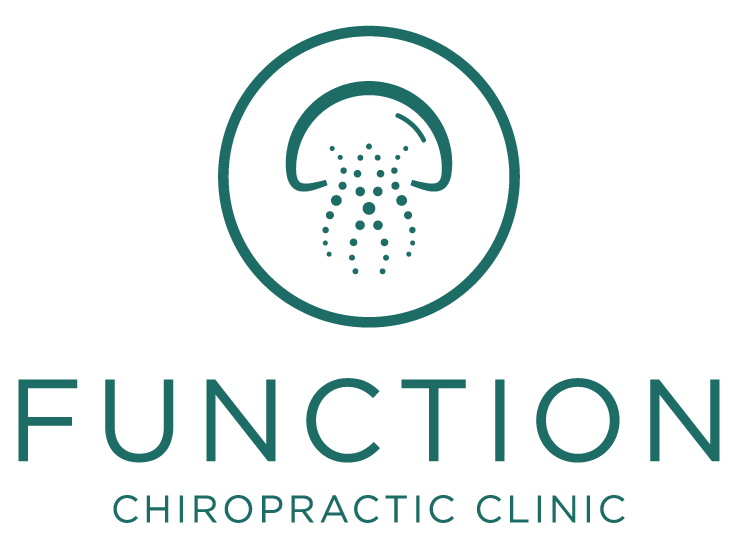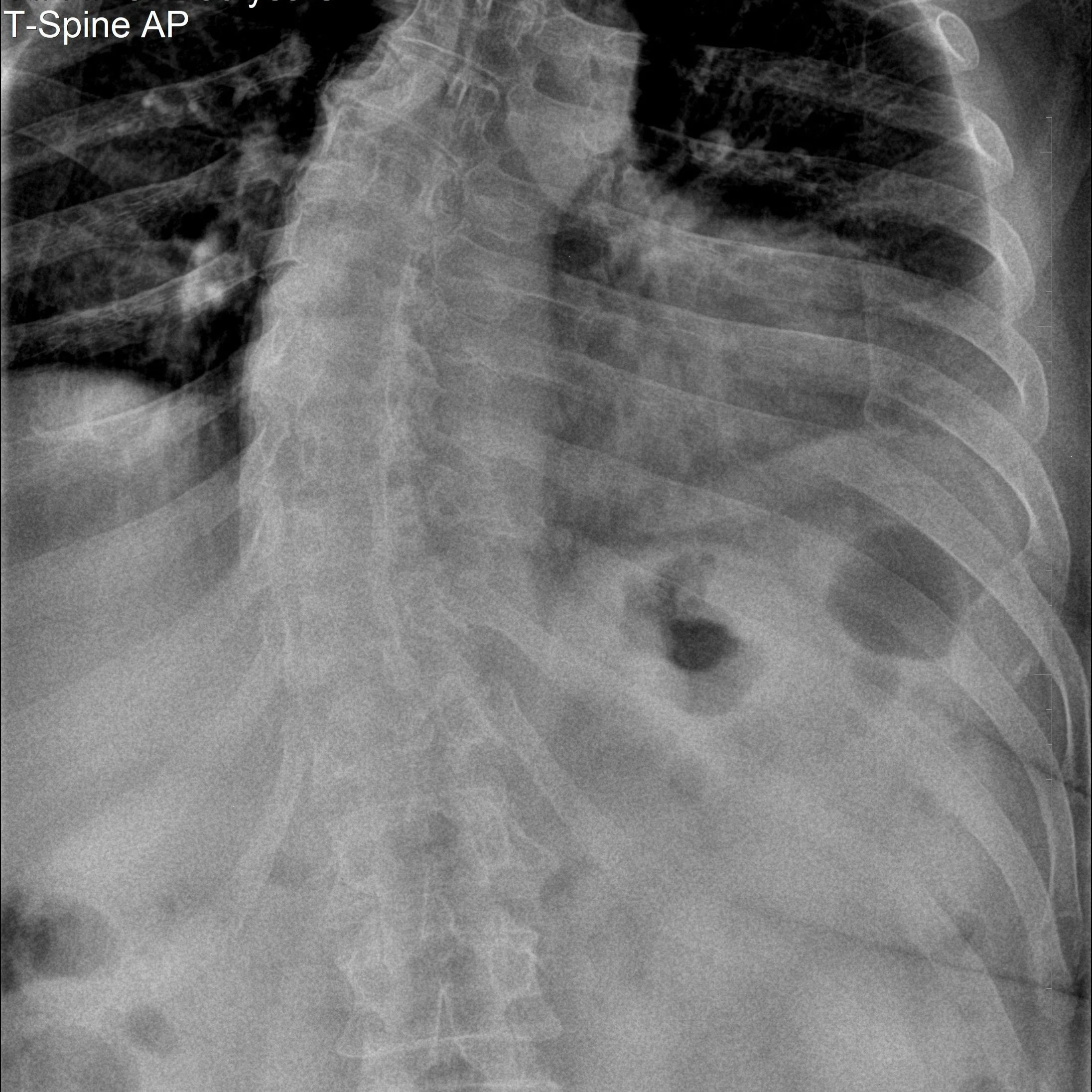What is Scoliosis or Curvature of the Spine?
Can Chiropractic help with scoliosis?
26/05/2025 By Jennifer Ellis DC Mchiro
(Approx 1-2 minute read)
SCOLIOSIS: WHEN THE SPINE TAKES A DIFFERENT PATH
Many of us twist, crack, or pop our backs or necks to relieve tension, and while it may feel good in the moment, the real question is: is it safe? The answer depends on the situation and time frame.
What’s a Normal Spine?
A spine with a ‘normal’ appearance shows specific alignments depending on the view. From the front, the hips and shoulders are level, the neck is centered, and the spine runs straight down the middle of the body. From the back, the alignment is very similar—the spine remains central, the shoulders and hips are level, and the shoulder blades appear symmetrical. When viewed from the side, the spine has four natural curves that form an ‘S’ shape: cervical lordosis (an inward curve in the neck), thoracic kyphosis (an outward curve in the upper/mid-back), lumbar lordosis (an inward curve in the lower back), and sacral kyphosis (an outward curve at the base of the spine including the sacrum and coccyx). These curves work together to support the body’s structure, absorb shock, and maintain balance.
What is Scoliosis? Is Scoliosis a Curved Spine?
Scoliosis is defined as a clinical curvature of the spine greater than 10 degrees when viewed from the front. This differs from a functional spinal curvature, which is typically subclinical, often resulting from posture, muscle imbalances, or habitual movement patterns. Functional curves are very common and occur in most people.
Broadly, there are 2 types of curvature of the spine:
Structural scoliosis/curved spine: This involves a fixed curvature of the spine, often due to genetic factors or secondary to conditions that affect bone development. It affects approximately 1–5% of the population. Conservative care will help to manage symptoms such as pain and stiffness, but does not expect to change the structural shape of your spine.
Functional scoliosis/curved spine: This type of curvature arises from external factors such as poor posture, muscular imbalance, or compensatory movement patterns (e.g., due to pain or injury). These curves are typically mild (1–5 degrees), very common, and often short-term. They may result from muscle spasm (e.g., antalgia), and while usually subtle, they can present as sudden or severe curvature in response to acute (short term) discomfort. These are readily treated with hands on care, lifestyle advice and/or exercises.
How is scoliosis identified?
Scoliosis is typically identified through a combination of physical examination, orthopedic tests, and medical imaging. Clinical assessment may include observing posture, orthopedic testing, spinal alignment, and range of motion. If scoliosis is suspected, X-rays are commonly used to confirm the diagnosis and measure the degree of curvature. In some cases, further evaluation or referral to a specialist may be necessary for a more detailed assessment or to determine appropriate management.
Structural scoliosis has several types:
1. Idiopathic Scoliosis
The most common form, especially in growing children and teenagers. “Idiopathic” means the cause is unknown, though genetics may play a role. Early-onset begins before age 10; adolescent-onset starts after age 10.
2. Neuromuscular Scoliosis
Caused by muscle or nerve conditions such as cerebral palsy or muscular dystrophy. These conditions make it harder for muscles to properly support the spine.
3. Congenital Scoliosis
Present at birth, due to abnormal development of the spine during pregnancy. Often discovered early in life and may progress quickly.
4. Adult Degenerative Scoliosis
Develops later in life from spinal degeneration or as an old curve that worsens with age. Also known as de novo scoliosis, meaning it starts fresh in adulthood.
Does structural scoliosis cause pain?
Not always. Many people with structural scoliosis experience no symptoms and may not even be aware they have it. However, depending on the location and severity of the curve, it can lead to musculoskeletal (MSK) pain over time. While severe cases are less common, they may cause more significant discomfort or functional issues and should be monitored regularly.
Possible associated symptoms of scoliosis can include conditions such as pectus excavatum or carinatum, breathing difficulties (e.g., asthma), digestive issues, and other musculoskeletal problems that arise due to the body compensating for the spinal curve.
Management of Scoliosis:
Scoliosis can be managed in a variety of ways, depending on factors such as the degree of curvature, the presence of pain, and the individual’s age.
Conservative management is always the first approach, especially for mild to moderate cases. This may include hands-on musculoskeletal techniques such as soft tissue release, spinal manipulations, and targeted exercises to improve posture, mobility, and muscular balance. Conservative management does not aim to structurally change the shape of somebody’s spine, but rather to keep the individual comfortable, strong and resilient and out of pain from it. Post surgical cases may still be treated for pain management, however the techniques are less about encouraging movement that cannot occur in a fused joint, but rather calming down irritation from surround soft tissue, muscles or post-surgical scarring.
When scoliosis is detected during a growth phase (such as adolescence), regular monitoring is important, as the curvature can progress with growth. If the curve increases beyond 45 degrees, more advanced interventions may be necessary, such as bracing or, in some cases, surgical stabilization using rods or cages.
In adults, the focus is typically on determining whether the scoliosis is longstanding or related to recent trauma. A thorough medical history is essential to rule out red flags or underlying conditions. If no acute issues are present, conservative treatment is beneficial.
For those diagnosed in older age, the same principle applies: assess for any recent trauma or significant red flags, followed by conservative care aimed at managing symptoms, improving function, and maintaining quality of life.
To book your Chiropractic Consultation click here.
Please be aware that any signs of significant spinal pain or nerve complaints should be assessed by one of our Dr’s of Chiropractic to diagnose first.
Our clinic is based in central South Woodham Ferrers, with free parking and is easily accessible from Maldon, Chelmsford, Wickford, Danbury, Rayleigh, Wickford, Latchingdon and Southminster.


